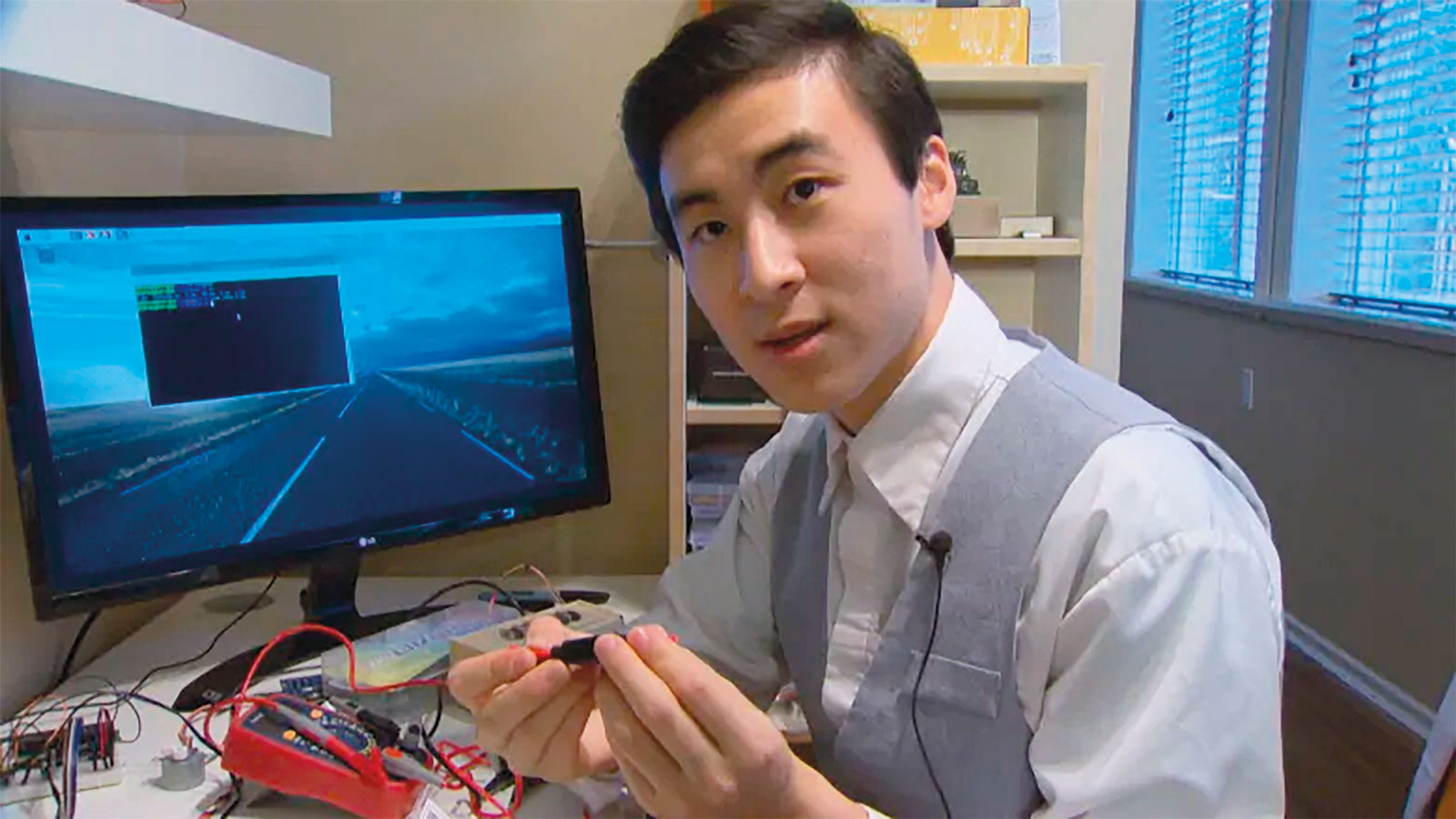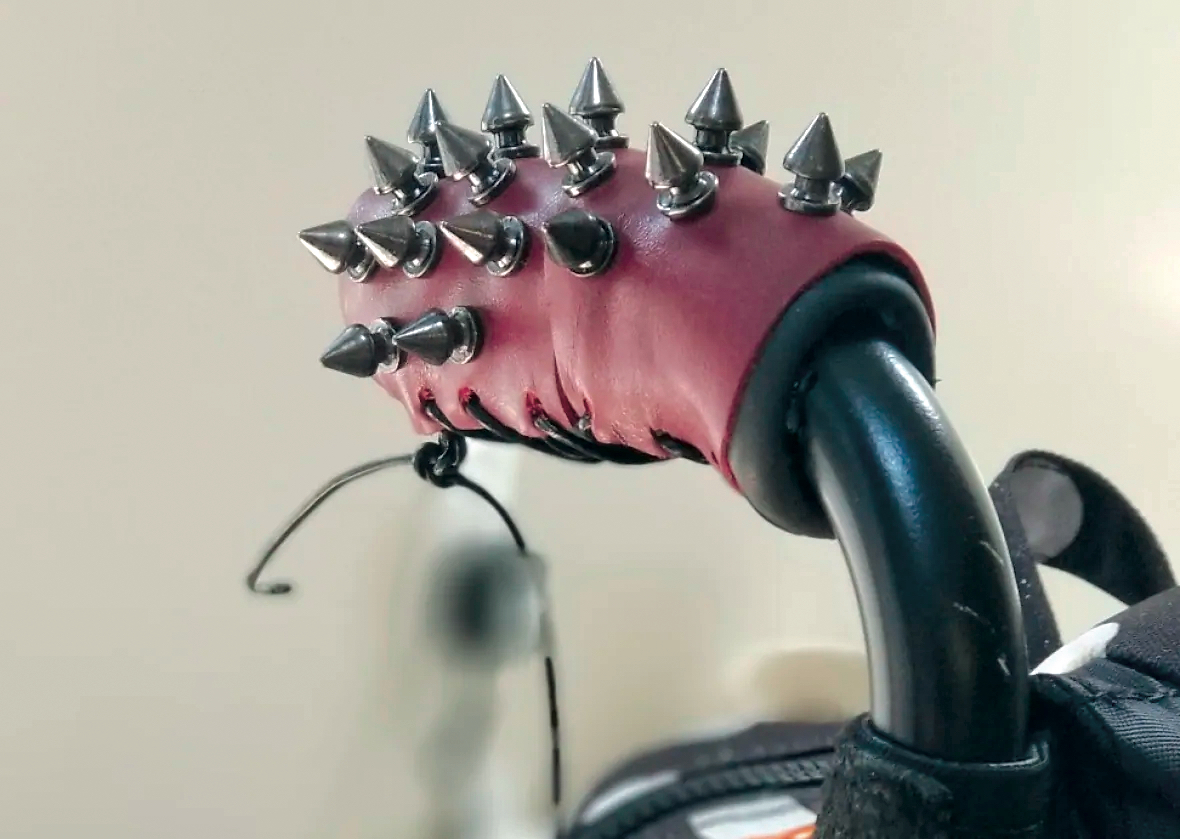ROBOTIC CHAIRS AT AIRPORTS?

An airline is testing technology to make travel easier for people with disabilities:
For a number of months now, All Nippon Airways has been testing personal mobility, self- driving electric wheelchairs at Tokyo’s Narita International Airport (NRT). The test is part of the airline’s larger plan to help increase accessibility options at the busy hub.
Developed through a new partnership between Panasonic and WHILL, a Japanese tech start-up, the robotic chairs operate in a follow-the-leader fashion to reach a destination. Capable of detecting and avoiding obstacles, the chairs can technically travel through the airport on their own but right now airline employees are serving as guides.
Until now, all of the testing hasn’t included actual passengers, but All Nippon Airways (often called ANA) has announced it’s expanding its chair testing so that its passengers can experience this innovative technology firsthand. The tests are scheduled to run this Fall from Oct. 9 through Nov. 28, with the hope that the chairs can be made available airport- wide after 2020.
Source: msn.com
SIMPLER AI VOICE CONTROL

UBC student uses engineering skills—and YouTube videos—to invent personalized voice controller: Daniel Ko may have seemed invincible in the eyes of his younger brother, Michael, but he slowly began losing the use of his muscles due to Duchenne muscular dystrophy.
“The first muscles that deteriorated the most were his legs muscles, so he needed the wheelchair by the age of eight,” Michael said.
About three years ago, Daniel had a cardiac arrest because of his deteriorating muscles. Since then he hasn’t been able to use his arms. His vocal cords sustained serious damage following an operation, affecting his ability to speak. Daniel had been able to use voice-activated devices like Google Assistant, but his speech difficulties meant the device could no longer understand him.
Michael, a UBC engineering physics student, began building technology that could change Daniel’s life. He taught himself basic programming and electrical engineering, largely by watching YouTube videos. He developed an artificial intelligence system that would allow Daniel, whose speech has been reduced to syllables, to activate Google Assistant with a simpler vocal command.
Michael combined all of his knowledge to design a one-of-a- kind controller for Daniel’s wheel- chair that could respond to simple vocal commands.
Source: globalnews.ca
SPIKES COMBAT INVASION

Being touched or grabbed by a stranger without warning or consent is still an all too common experience for many people living with disabilities. Bronwyn Berg, who has used a wheelchair since she acquired a brain injury five years ago, actually became so fed-up with people manhandling her without asking, she put spikes on her wheelchair. The spikes, which don’t puncture the skin, were homemade by her partner Hal after he noticed she kept becoming anxious whenever she heard approaching footsteps.
Although people believe they’re being helpful with their actions, an invasion of personal body space can be frightening. For women, some strangers giving assistance can border on unwanted sexual touching, which takes the issue/problem to a whole other level. Some disabled people have reported broken knuckles and dislocated fingers as a result of being pushed or pulled in their wheelchairs without being consulted. And all too familiar, Berg believes the problem arises because disabled people “inspire feelings of pity, guilt and fear”.
Source: bbc.com













